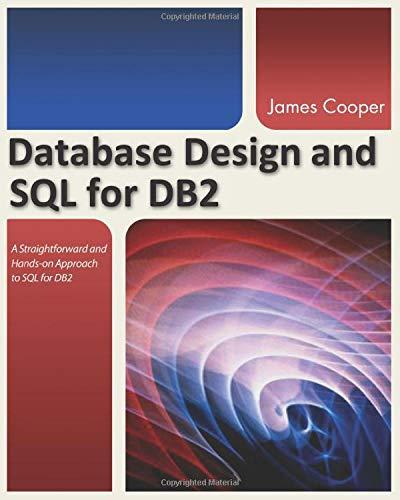can anyone good at pipelining help me with this 2 questions i would like the answers with full details
[15/15/15/15/25/10/15] Use the following code fragment: Loop: LD R1,0(R2) ;load R1 from address 0+R2 DADDI R1,R1,#1 ;R1=R1+1 SD R1,0,(R2) ;store R1 at address 0+R2 DADDI R2,R2,#4 ;R2=R2+4 DSUB R4,R3,R2 ;R4=R3-R2 BNEZ R4,Loop ;branch to Loop if R4!=0 Assume that the initial value of R3 is R2 + 396.
a. [15] Data hazards are caused by data dependences in the code. Whether a dependency causes a hazard depends on the machine implementation (i.e., number of pipeline stages). List all of the data dependences in the code above. Record the register, source instruction, and destination instruction; for example, there is a data dependency for register R1 from the LD to the DADDI.
b. [15] Show the timing of this instruction sequence for the 5-stage RISC pipeline without any forwarding or bypassing hardware but assuming that a register read and a write in the same clock cycle forwards through the register file, as shown in Figure C.6. Use a pipeline timing chart like that in Figure C.5. Assume that the branch is handled by flushing the pipeline. If all memory references take 1 cycle, how many cycles does this loop take to execute?
c. [15] Show the timing of this instruction sequence for the 5-stage RISC pipeline with full forwarding and bypassing hardware. Use a pipeline timing chart like that shown in Figure C.5. Assume that the branch is handled by predicting it as not taken. If all memory references take 1 cycle, how many cycles does this loop take to execute?
d. [15] Show the timing of this instruction sequence for the 5-stage RISC pipeline with full forwarding and bypassing hardware. Use a pipeline timing chart like that shown in Figure C.5. Assume that the branch is handled by predicting it as taken. If all memory references take 1 cycle, how many cycles does this loop take to execute?
[15/15] Suppose the branch frequencies (as percentages of all instructions) are as follows: Conditional branches 15% Jumps and calls 1% Taken conditional branches 60% are taken
a. [15] We are examining a four-deep pipeline where the branch is resolved at the end of the second cycle for unconditional branches and at the end of the third cycle for conditional branches. Assuming that only the first pipe stage can always be done independent of whether the branch goes and ignoring other pipeline stalls, how much faster would the machine be without any branch hazards?
b. [15] Now assume a high-performance processor in which we have a 15-deep pipeline where the branch is resolved at the end of the fifth cycle for unconditional branches and at the end of the tenth cycle for conditional branches. Assuming that only the first pipe stage can always be done independent of whether the branch goes and ignoring other pipeline stalls, how much faster would the machine be without any branch hazards?






